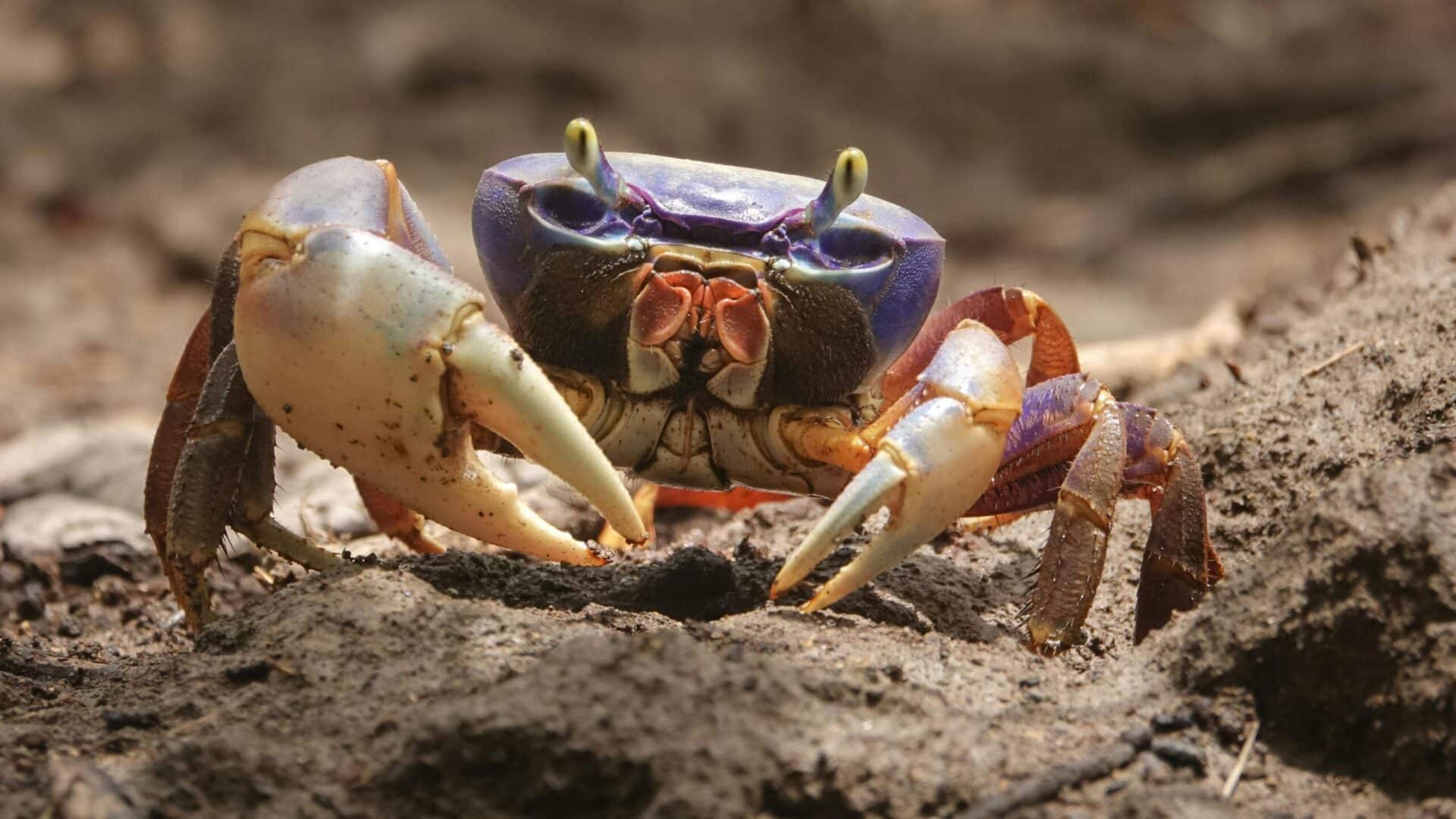Maryland, often referred to as the heart of the Chesapeake Bay, is synonymous with some of the finest seafood in the United States. The region’s coastal waters are a haven for a variety of seafood delicacies that have shaped its culinary identity over centuries. From succulent blue crabs to plump oysters and tender rockfish, Maryland offers a seafood experience that is both rich in tradition and bursting with flavor.
The Unique Charm of Maryland Seafood
What makes Maryland seafood so extraordinary is not just the quality of its catch but also the cultural significance attached to its preparation and enjoyment. A crab feast in Maryland, for instance, isn’t just a meal; it’s a social event—a gathering of friends and family around tables piled high with freshly steamed blue crabs dusted with Old Bay seasoning, an iconic spice blend that is as much a part of Maryland’s identity as the seafood itself.
A Legacy of Sustainability and Flavor
Beyond the crabs, Maryland’s culinary scene celebrates oysters harvested from the Bay, a staple in dishes ranging from creamy stews to raw bar delicacies. The state’s seafood legacy is deeply intertwined with sustainable fishing practices and a commitment to preserving the Chesapeake Bay’s natural bounty for future generations.
What to Expect in This Article
In this article, we will dive into the world of Maryland seafood, exploring its history, the dishes that define it, and practical tips to enjoy this culinary treasure like a true Marylander. Whether you’re a seasoned seafood lover or new to the flavors of the Bay, prepare to be inspired by the rich traditions and vibrant tastes that Maryland seafood has to offer.
The Chesapeake Bay – The Lifeline of Maryland Seafood
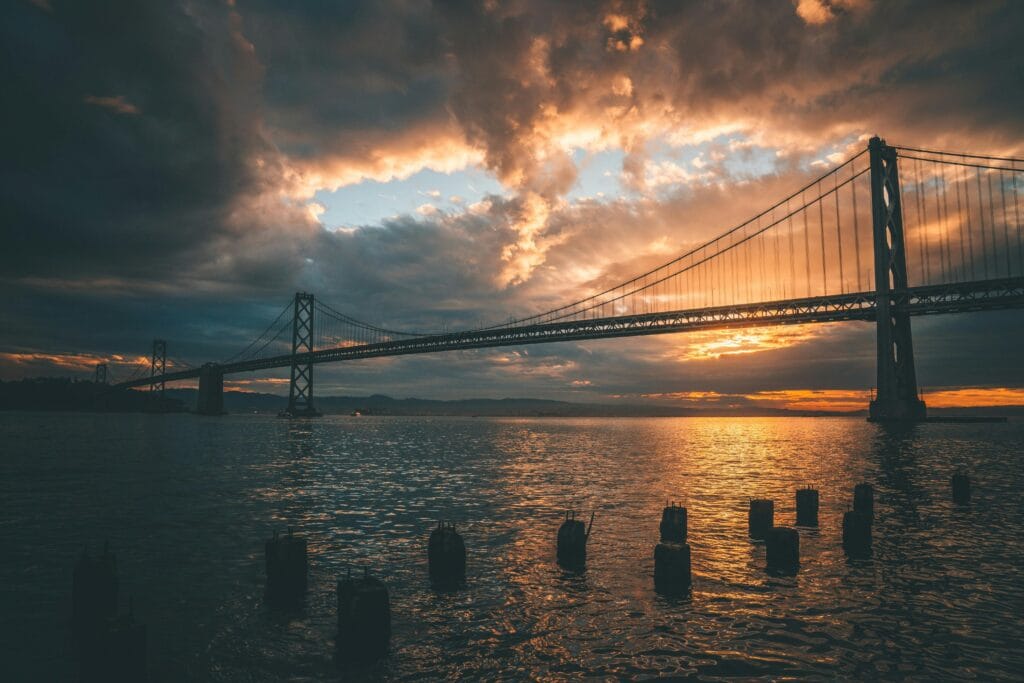
The Chesapeake Bay, stretching over 200 miles and touching several states, is the lifeblood of Maryland’s seafood industry. As the largest estuary in the United States, it provides the ideal habitat for a diverse array of marine life, including the iconic blue crab, oysters, clams, and rockfish (also known as striped bass). The Bay’s unique blend of saltwater and freshwater creates a rich ecosystem that supports these species, making Maryland a premier destination for seafood enthusiasts.
The Economic and Cultural Connection
Maryland’s connection to the Chesapeake Bay runs deep, both economically and culturally. For centuries, the state’s economy has been intertwined with the fishing and crabbing industries. Generations of watermen, skilled in harvesting the Bay’s treasures, have played a pivotal role in sustaining the local economy and preserving the region’s maritime heritage. The blue crab, in particular, has become a symbol of Maryland pride, and its annual harvesting season is a highly anticipated event.
A Legacy of Tradition and Community
The historical significance of Maryland seafood goes beyond its economic impact. It’s deeply woven into the fabric of local traditions and celebrations. Crab feasts, oyster roasts, and seafood festivals are more than just culinary events—they are community gatherings that celebrate the Bay’s bounty. These occasions often feature time-honored recipes passed down through generations, reflecting the strong connection between Marylanders and their coastal environment.
Challenges and Conservation Efforts
However, the Chesapeake Bay has faced significant challenges over the years, including pollution, habitat loss, and overfishing. These issues have prompted conservation efforts aimed at protecting and restoring the Bay’s health. Maryland has been at the forefront of initiatives to implement sustainable fishing practices, restore oyster reefs, and reduce pollution, ensuring that future generations can continue to enjoy the region’s seafood heritage.
A Testament to Resilience
Understanding this rich context allows us to appreciate Maryland seafood not just as a delicious culinary experience but as a testament to the resilience and dedication of the communities that depend on the Chesapeake Bay. This foundation sets the stage for exploring the iconic dishes, flavors, and traditions that define Maryland’s seafood legacy.
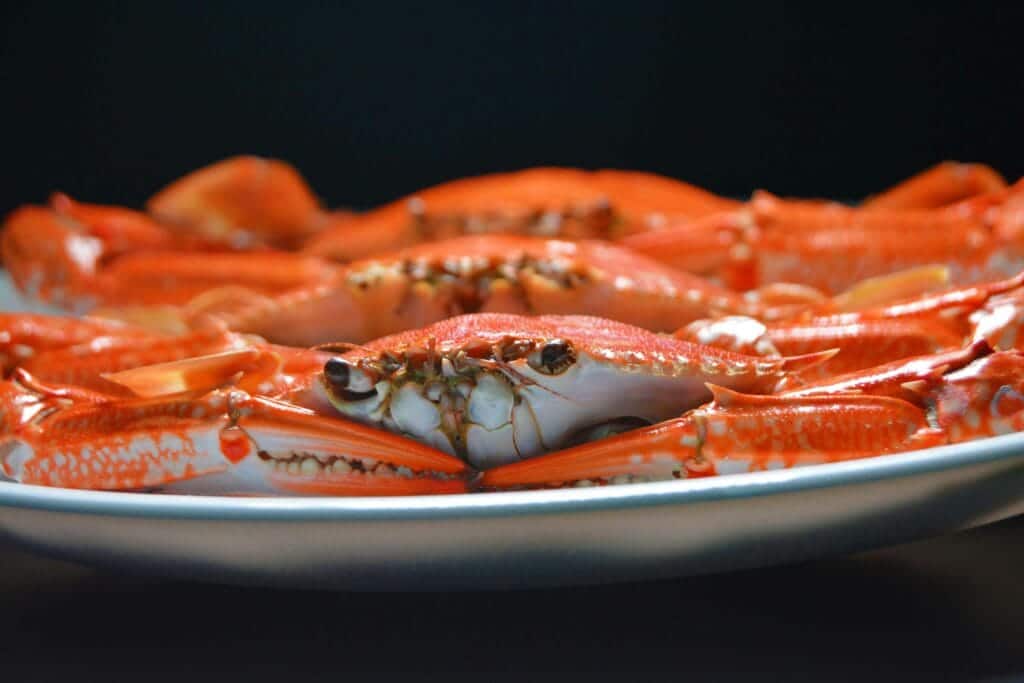
Iconic Maryland Seafood Dishes and Traditions
3.1 The Crown Jewel: Maryland Blue Crab
No discussion about Maryland seafood would be complete without highlighting the blue crab, the undeniable star of the Chesapeake Bay.Chefs and home cooks celebrate blue crabs for their sweet, tender meat by creating a variety of dishes that have become staples in Maryland’s culinary repertoire.
Maryland Crab Cakes
The most famous preparation is the Maryland Crab Cake, a dish renowned for its simplicity and elegance. Made with large lumps of crab meat, a touch of mayonnaise, mustard, and a sprinkling of Old Bay seasoning, these cakes are lightly pan-fried or baked to golden perfection. What sets Maryland crab cakes apart is the focus on the crab itself—fillers like breadcrumbs are used sparingly to let the natural flavor shine.
Steamed Crab Feasts
Another classic is the steamed blue crab feast, a communal dining experience unique to Maryland.Cooks steam crabs with generous amounts of Old Bay seasoning and serve them whole.
Diners crack open the shells with mallets, picking out the delicate meat while sharing laughter and stories. This hands-on tradition embodies Maryland’s love for seafood and its focus on shared experiences.
Crab Soups
In addition to crab cakes and feasts, crab soups like the hearty Maryland-style crab soup (tomato-based with vegetables and spices) and cream of crab soup (rich and velvety) showcase the versatility of this cherished crustacean. These recipes are staples at family gatherings and local restaurants, bringing comfort and warmth to all who indulge.
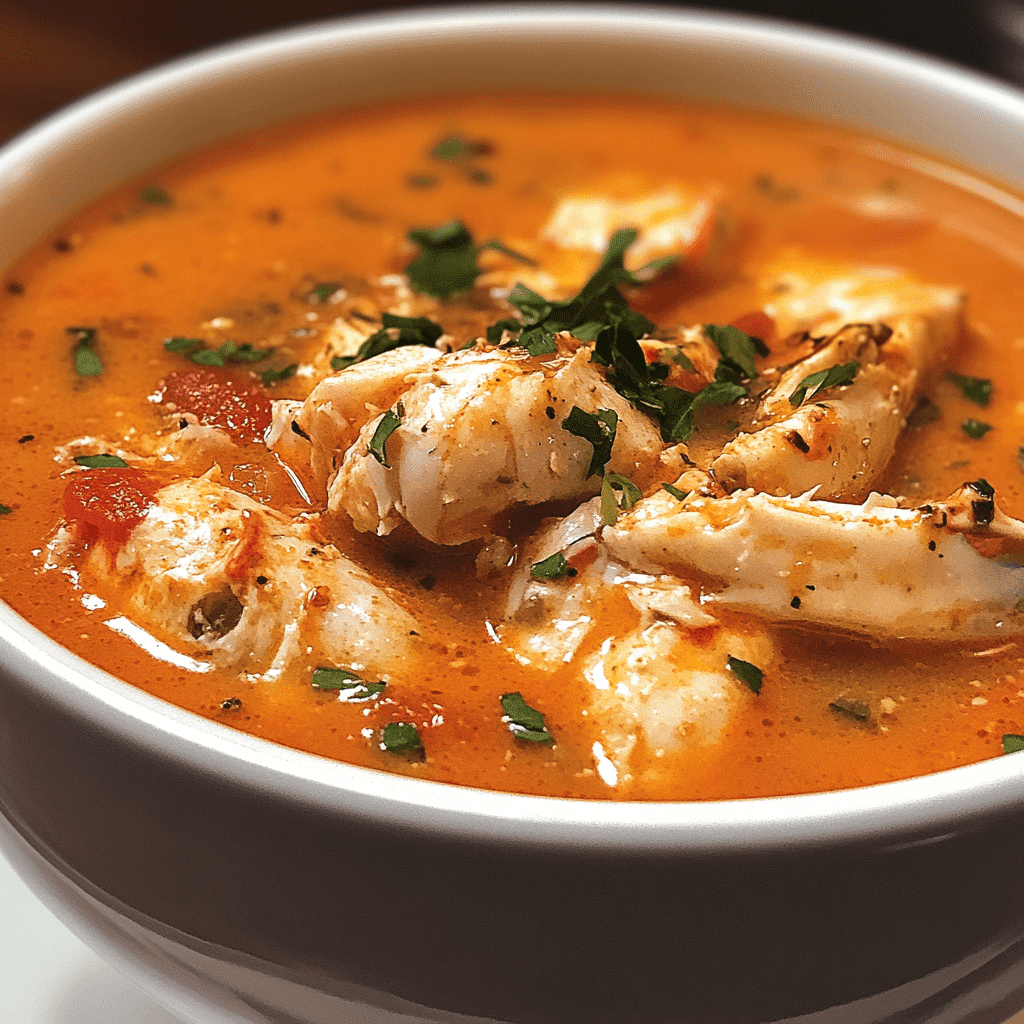
3.2 The Treasures of the Oyster
Marylanders have enjoyed Chesapeake Bay oysters for generations. They steam or grill oysters over open flames during the state’s famous oyster roasts, serving them with a drizzle of melted butter or a squeeze of lemon. The smokey, briny flavors are irresistible to seafood lovers.
Raw Oysters and Stews
Raw oysters, served on the half-shell, are also a popular choice, especially in Maryland’s bustling seafood markets and raw bars. The Chesapeake Gold Oysters, prized for their rich, buttery flavor, are among the most sought-after varieties.
One standout dish is the Oyster Stew, a creamy soup traditionally made with shucked oysters, their natural juices, and a hint of butter and milk. It’s a comforting dish that warms the soul, especially during the colder months.
Conservation and Sustainability
Maryland’s oyster traditions are closely tied to conservation efforts. Oyster reefs play a critical role in filtering the Bay’s waters and providing habitats for other marine life. Initiatives like the “Marylanders Grow Oysters” program encourage residents to participate in restoring these vital ecosystems.
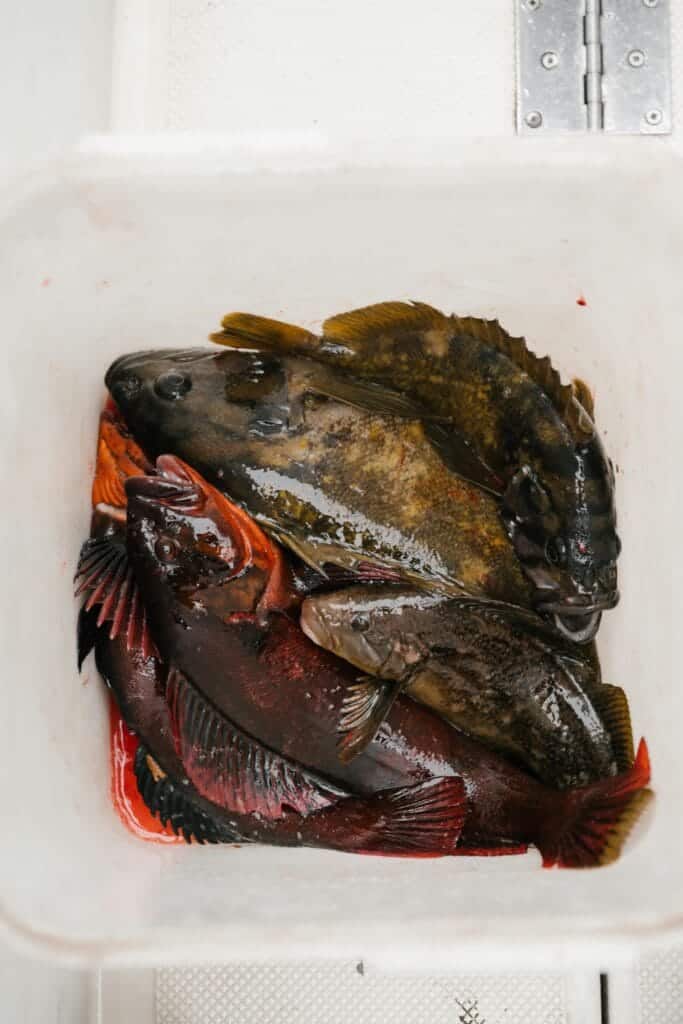
3.3 Rockfish and Other Delights
The rockfish, also known as striped bass, holds a special place in Maryland’s seafood culture. This versatile fish, known for its firm texture and mild flavor, is the state’s official fish and is a favorite among local chefs.
Rockfish Recipes
Chefs prepare rockfish in countless ways: grilling, broiling, baking, or even blackening it with spices.
Other Seafood Specialties
Beyond rockfish, Maryland offers an abundance of other seafood options, including clams, scallops, and shrimp. Dishes like shrimp and grits, infused with Chesapeake Bay flavors, and clam chowder highlight the state’s diverse culinary traditions.
3.4 Seafood Festivals and Community Traditions
Seafood is more than just a meal in Maryland; it’s a celebration of community and heritage. The state hosts numerous seafood festivals, such as the Maryland Seafood Festival and the St. Mary’s County Oyster Festival, which attract visitors from all over the country.
Highlights of Maryland Seafood Festivals
These festivals are an opportunity to sample the best seafood Maryland has to offer, from crab-stuffed pretzels to fried oyster po’ boys. They also feature cooking competitions, live music, and family-friendly activities, making them a highlight of the state’s cultural calendar.
The National Hard Crab Derby
One iconic event is the annual National Hard Crab Derby, held in Crisfield, Maryland. This quirky event features crab races, beauty pageants, and, of course, endless crab feasts, showcasing the state’s playful spirit and love for its seafood heritage.
3.5 Sustainability and the Future of Maryland Seafood
As delicious as Maryland’s seafood is, its continued abundance depends on the health of the Chesapeake Bay. Over the years, overfishing, pollution, and climate change have posed significant threats to this delicate ecosystem. Maryland has responded with robust conservation efforts aimed at protecting its seafood legacy.
Conservation Programs and Efforts
Programs such as the Chesapeake Bay Program work to reduce pollution, restore wetlands, and promote sustainable fishing practices. The state has also established strict regulations on crab and oyster harvesting to ensure that populations remain viable for years to come.
Community and Business Initiatives
Sustainability efforts extend to the community, with many local businesses adopting eco-friendly practices. Restaurants emphasize sourcing their seafood from responsible fisheries, while educational initiatives teach residents and visitors about the importance of preserving the Bay.
A Balance of Tradition and Responsibility
By balancing culinary tradition with environmental responsibility, Maryland ensures that its seafood can be enjoyed by future generations. This commitment not only sustains the ecosystem but also strengthens the deep bond between the people of Maryland and their cherished Chesapeake Bay.
Expert Opinions and Practical Tips for Enjoying Maryland Seafood
Maryland seafood isn’t just beloved by locals; it’s highly regarded by chefs, food critics, and seafood aficionados around the world. To truly appreciate the flavors and traditions of Maryland’s seafood, expert advice and practical tips can make all the difference.
Insights from Culinary Experts
Renowned chefs in Maryland emphasize the importance of freshness when it comes to seafood. “The closer you are to the source, the better the flavor,” says a top chef from a Baltimore seafood restaurant. Many recommend visiting local seafood markets or directly sourcing from watermen to experience the true taste of the Chesapeake Bay.
Experts also stress the importance of simplicity in preparation. “With ingredients as fresh and flavorful as Maryland crabs or oysters, less is more,” notes a food critic. A touch of Old Bay seasoning, a drizzle of lemon, or a dollop of melted butter is often all that’s needed to let the natural flavors shine.
Tips for Home Cooks
- Buy Local: Visit farmers’ markets or seafood festivals to purchase high-quality, sustainable seafood.
- Cook Seasonally: Maryland’s seafood varies with the seasons. For example, blue crab is at its best from late spring through early fall, while oysters are traditionally enjoyed in the cooler months.
- Try Traditional Recipes: Start with simple dishes like crab cakes or steamed crabs before experimenting with more complex recipes.
- Pair with Local Ingredients: Complement your seafood with fresh, local produce, such as sweet corn, tomatoes, or asparagus, to create a truly Maryland-inspired meal.
Dining Out in Maryland
For those who prefer dining out, Maryland offers a plethora of seafood restaurants ranging from casual crab shacks to fine dining establishments. Don’t miss iconic spots like the Inner Harbor in Baltimore or the waterfront eateries in Annapolis for an authentic Chesapeake Bay experience. Armed with these tips, you’re well-prepared to savor the best that Maryland seafood has to offer, whether at home or on your next visit to the state. In the next section, we’ll wrap up with a compelling conclusion and a call to action.
Maryland seafood is more than just a cuisine—it’s a way of life. Rooted in the rich waters of the Chesapeake Bay, it represents a harmonious blend of history, tradition, and innovation. From the iconic blue crabs to the briny oysters and the versatile rockfish, Maryland’s seafood offerings are a testament to the state’s natural abundance and the dedication of its communities to preserving this legacy.
A Culinary Experience Like No Other
Whether you’re cracking open a freshly steamed crab with friends, savoring a creamy bowl of oyster stew on a chilly evening, or indulging in the delicate flavors of a perfectly grilled rockfish, Maryland seafood is an experience that stays with you. Each dish tells a story of the Bay, its watermen, and the generations of Marylanders who have kept these traditions alive.
Preserve the Legacy
As you explore Maryland seafood, don’t forget the role you play in sustaining this treasure for future generations.
- Support local seafood markets.
- Choose sustainable dining options.
- Educate yourself about the Chesapeake Bay’s ecosystem.
By doing so, you contribute to preserving one of America’s most cherished culinary traditions.
Your Next Steps
So, what’s next?
- If you’ve never experienced a Maryland crab feast, make it a priority to try this iconic tradition.
- If you’re already a fan, delve deeper into the Bay’s offerings by experimenting with new recipes or visiting a local seafood festival.
Dive into the flavors, embrace the traditions, and share your experience with others. To explore similar articles, visit our blog section. You’re sure to find something unique that you’ll love !
Maryland seafood isn’t just food; it’s a connection—a taste of the Bay that leaves you longing for more. Start your journey today, and let the Chesapeake Bay inspire your next culinary adventure. 🦀🍴
